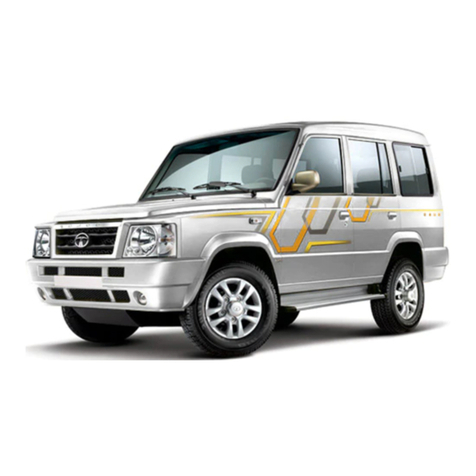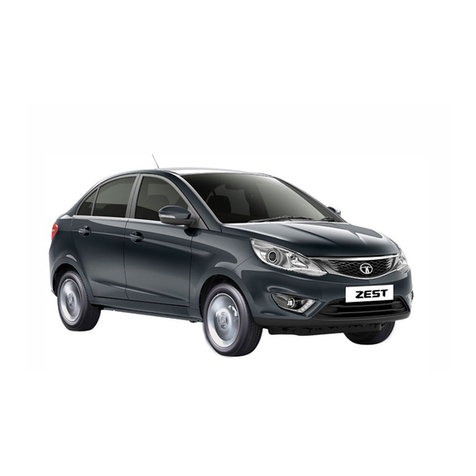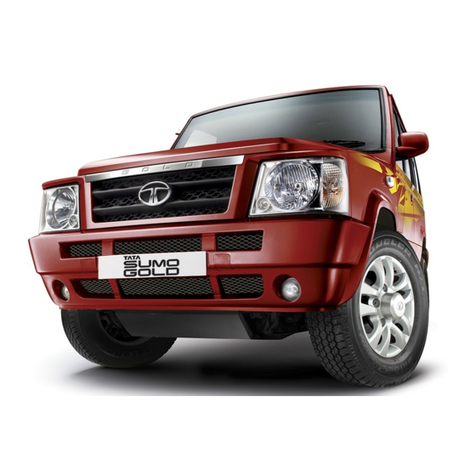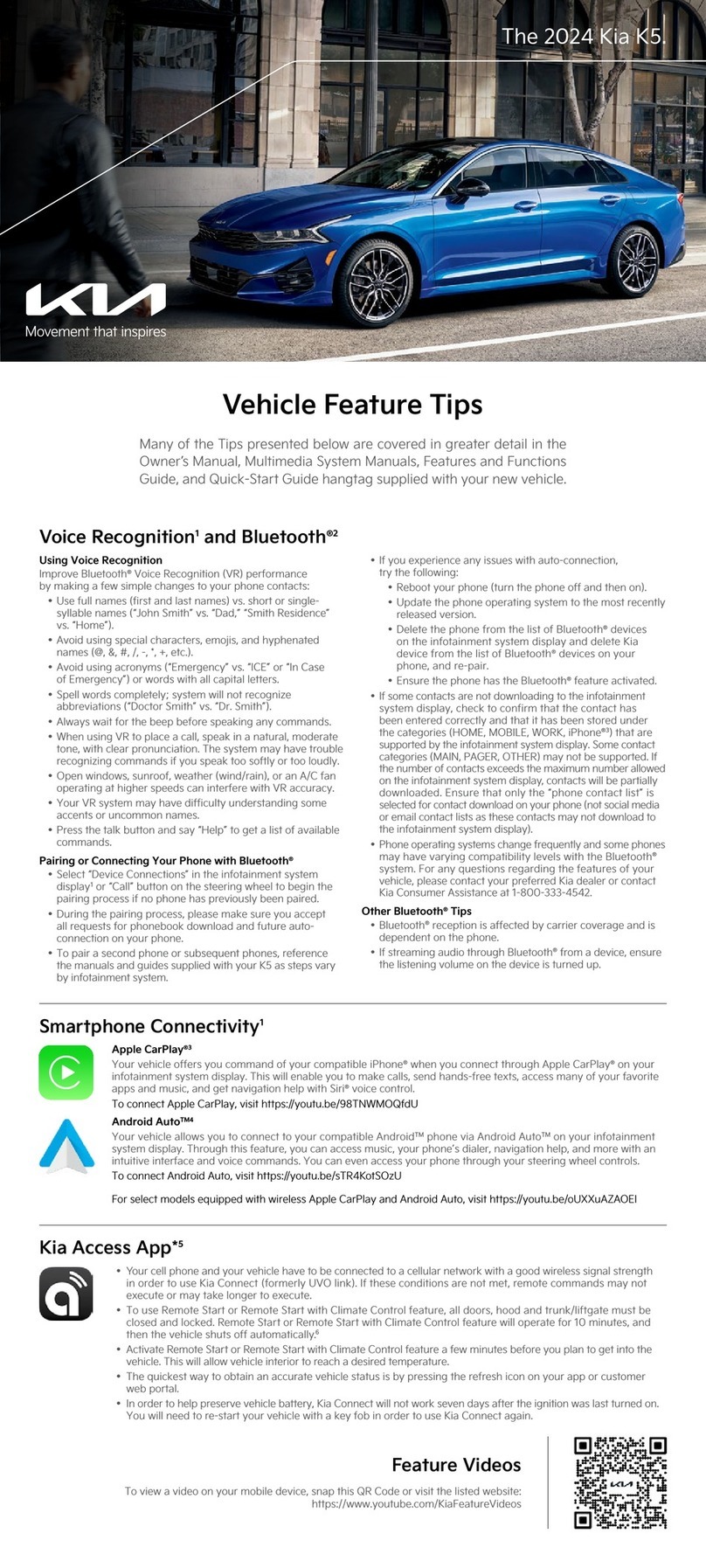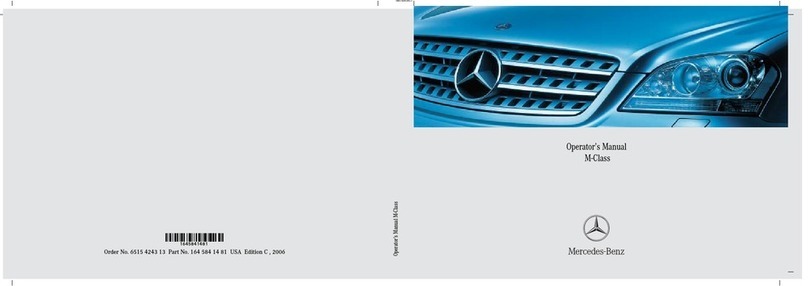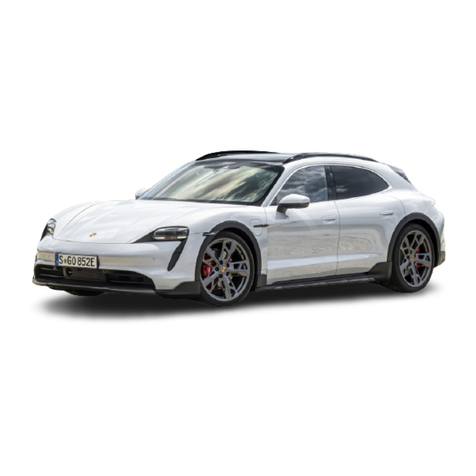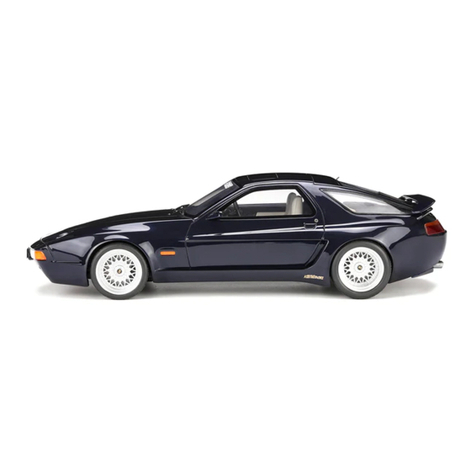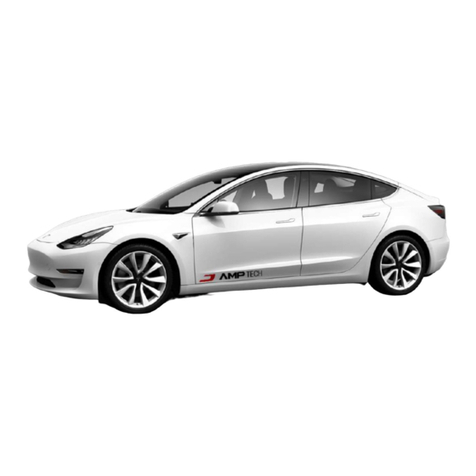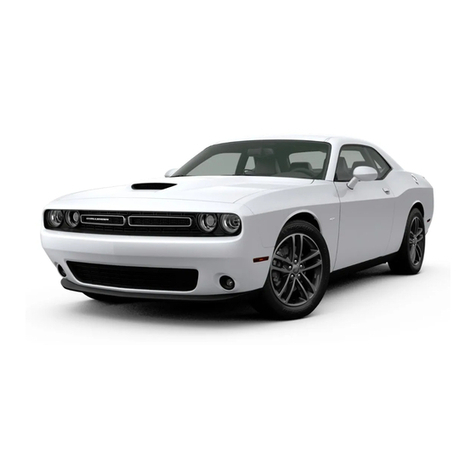TATA Motors Nexon EV 2003 User manual



















Table of contents
Other TATA Motors Automobile manuals
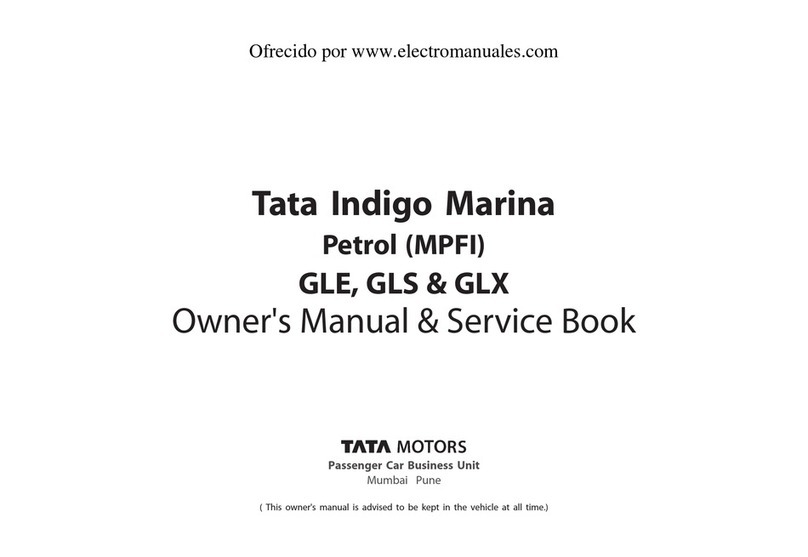
TATA Motors
TATA Motors Indigo Marina User manual
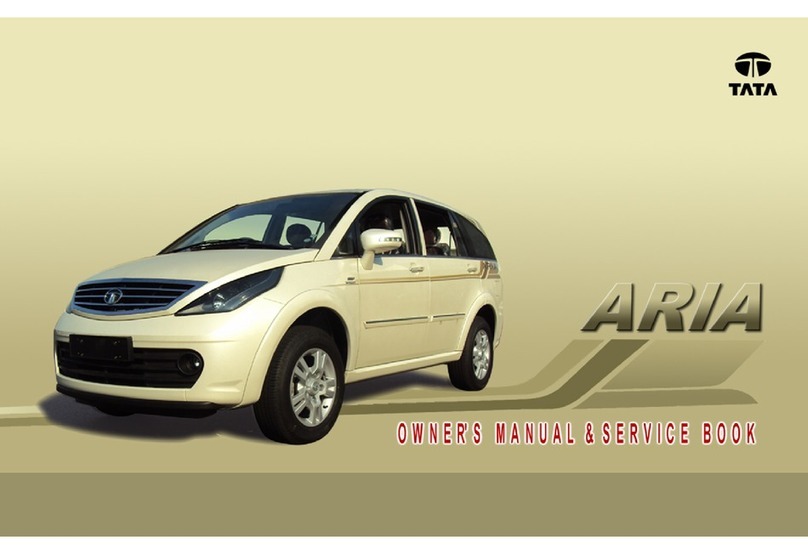
TATA Motors
TATA Motors Aria User manual
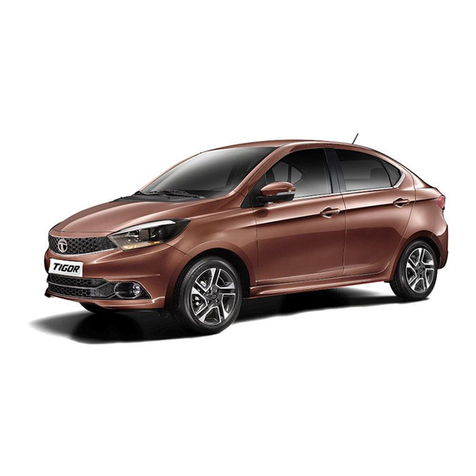
TATA Motors
TATA Motors tigor User manual

TATA Motors
TATA Motors Indigo MANZA QUADRAJET 90 User manual
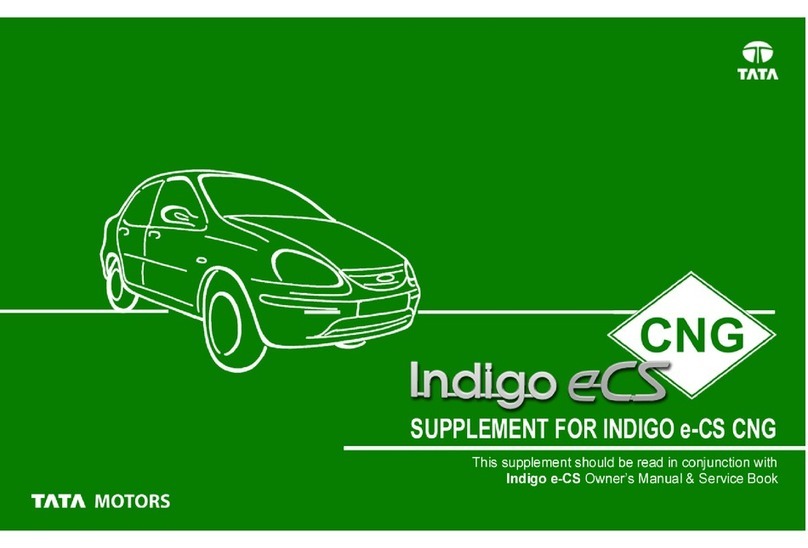
TATA Motors
TATA Motors Indigo eCS User manual

TATA Motors
TATA Motors Bolt User manual

TATA Motors
TATA Motors TIAGO User manual
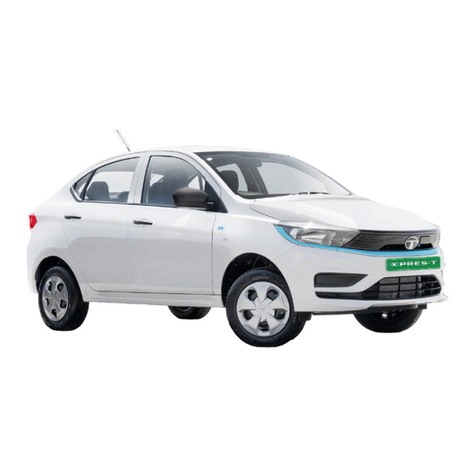
TATA Motors
TATA Motors XPRES-T EV 2021 User manual

TATA Motors
TATA Motors NEXON User manual
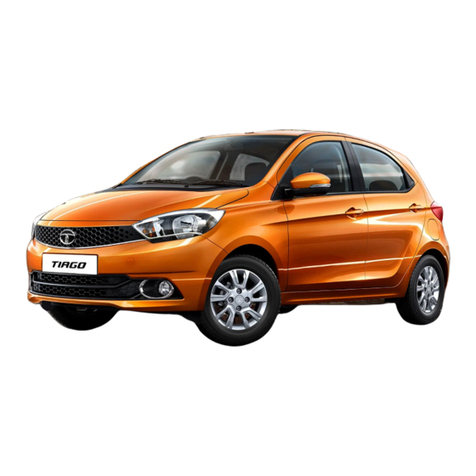
TATA Motors
TATA Motors TIAGO User manual

TATA Motors
TATA Motors Sumo Victa Di Turbo User manual
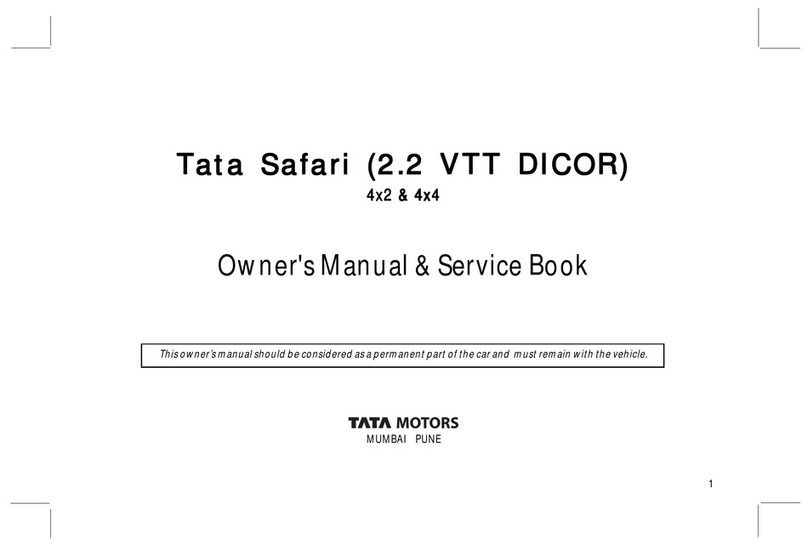
TATA Motors
TATA Motors Safari User manual

TATA Motors
TATA Motors Tata Indica V2 XETA LPG User manual
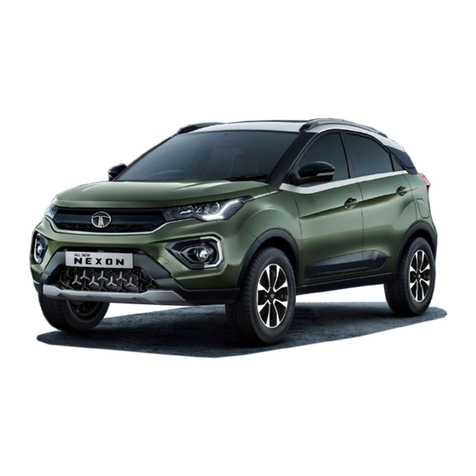
TATA Motors
TATA Motors NEXON BSVI 2021 User manual

TATA Motors
TATA Motors ALTROZ BS VI 2021 User manual

TATA Motors
TATA Motors Sumo Gold CR-4 User manual
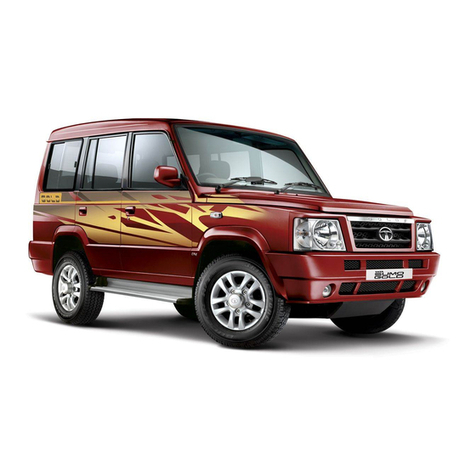
TATA Motors
TATA Motors SUMO GOLD User manual
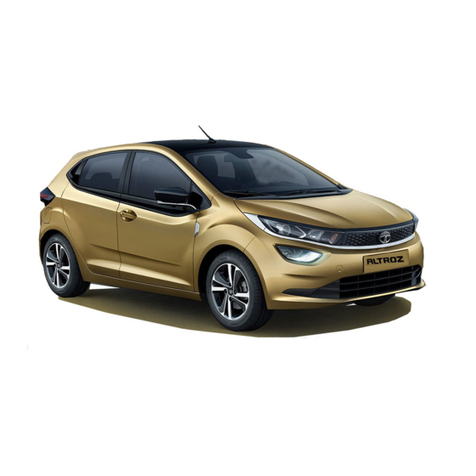
TATA Motors
TATA Motors Altroz 2020 User manual
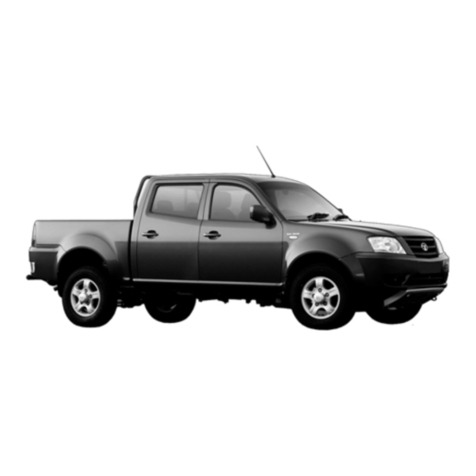
TATA Motors
TATA Motors Xenon User manual
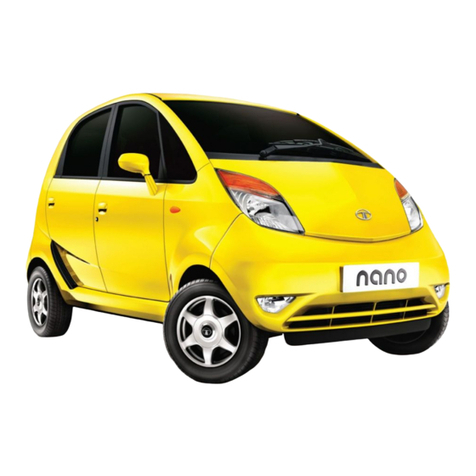
TATA Motors
TATA Motors Nano User manual
Popular Automobile manuals by other brands

Mercedes-Benz
Mercedes-Benz Sprinter operating instructions

Mercedes-Benz
Mercedes-Benz E-Class Coupe 2021 Operator's manual

Mercedes-Benz
Mercedes-Benz W211 manual

RAM Commercial
RAM Commercial PROMASTER 2020 owner's manual

Mazda
Mazda RX-8 Service manual
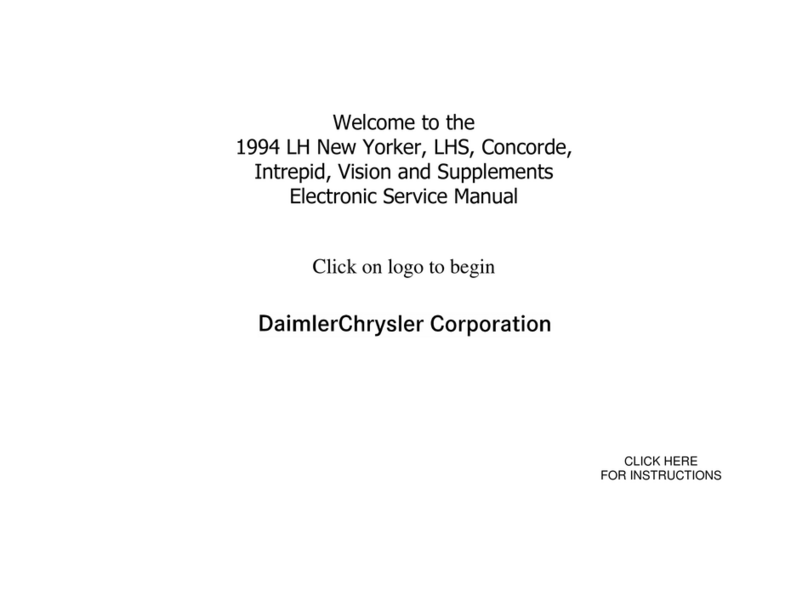
DaimlerChrysler
DaimlerChrysler LH New Yorker 1994 Electronic Service Manual


